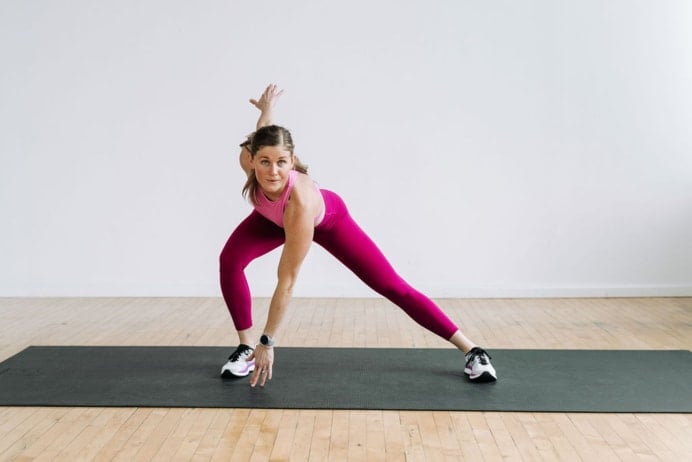
30-Minute LISS Cardio with Weights (All Standing)
Get your heart pumping, build muscle and burn calories at home with this “strength and steps” LISS cardio workout! LISS (low-intensity steady-state) training is an accessible and joint-friendly way to get fit at home. This all-standing workout is a great way to get your daily steps in as well – I personally got over 2,000 steps during today’s workout.
If I want to break a sweat without skipping out on the benefits of strength training, this is the workout I do.
We’re back with another fan-favorite strength and walking workout, combining full body strength training with LISS cardio, or low-intensity steady-state cardio.
You can think of LISS training as the more accessible alternative to HIIT training.
The main difference between LISS and HIIT is duration and intensity. High intensity interval training (HIIT) involves pushing your heart rate close to your maximum heart rate via short bursts of all-out effort. Whereas LISS training is lower intensity, raising the heart rate to a more sustainable level and keeping it there for a longer period of time.
HIIT workouts and LISS workouts both have many health benefits, such as maintaining a healthy weight, increasing cardiovascular health, and lowering the risk of health conditions such as obesity, heart disease, high blood pressure and diabetes.
I personally think HIIT workouts are better for people with limited time, while LISS workouts are beginner-friendly and more accessible for all fitness levels.
We’ll work through a combination of strength training and LISS cardio exercises, designed to increase strength, endurance and overall fitness in around 30 minutes. Bonus: I got over 2,000 steps during today’s workout – perfect if you have daily step goals.
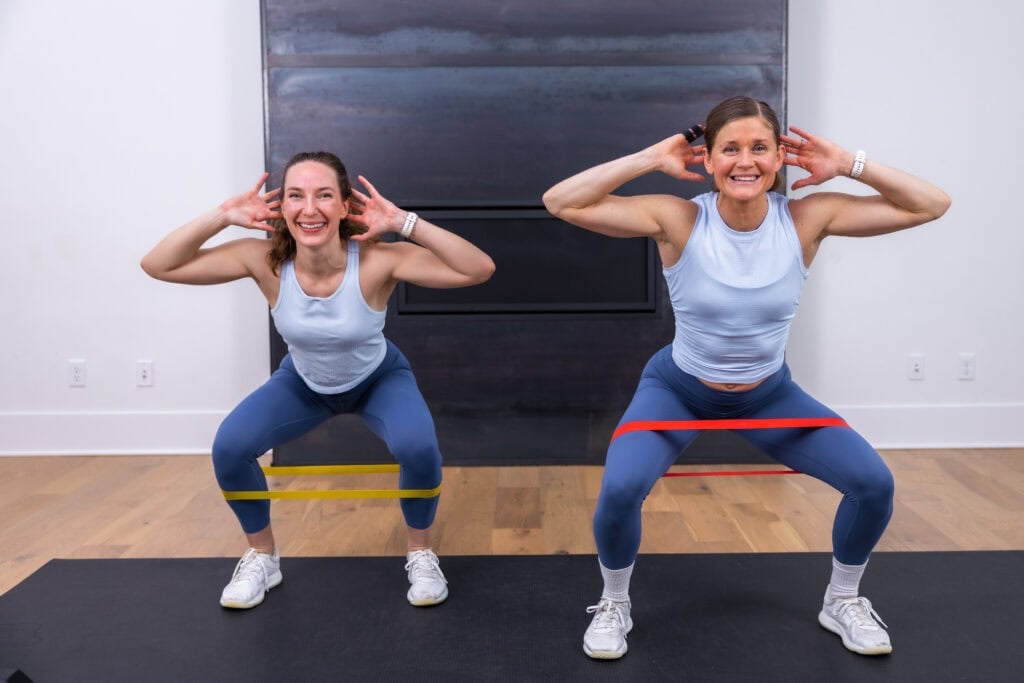
What Is The LISS Method Of Cardio?
LISS (also called Zone 2 training), is a form of exercise where you perform low-to-moderate aerobic activity for a sustained period (typically around 30-60 minutes). Popular examples include walking, cycling, or swimming. LISS is intended to be performed at a moderate pace – ideally, you would be able to hold a conversation while performing LISS cardio.
LISS Cardio Workout
Get your heart pumping, burn calories, and build total body strength with this “strength and steps” LISS Cardio Workout.
I recommend incorporating LISS cardio to your weekly workout routine 1-2 times a week to increase cardiovascular health and endurance.
Workout Equipment:
Dumbbells and optional mini loop resistance band (discount code: NML).
We’re using 15-20 lb dumbbells.
Workout Instructions:
Follow along with the guided Strength and Steps: LISS Cardio Workout Video on YouTube, led by certified personal trainer Lindsey Bomgren.
Your Workout Looks Like This:
- 4 Circuits
- 3 Strength and LISS Cardio Exercises Per Circuit
- Timed Intervals (30 seconds of work, 10 seconds of rest. Perform as many reps as possible with good form within the timed interval.)
- Perform Each Circuit x3 Sets
Workout Outline
CIRCUIT ONE:
- Goblet Squat and Alternating Side Leg Lift
- Lateral Walking Shoulder Press
- Lateral Shuffle
CIRCUIT TWO:
- Staggered Front/Back Squat
- Alternating Back Row and Opposite Leg Tap Back
- Loaded Squat Jacks
CIRCUIT THREE:
- Staggered Deadlift and Rear Leg Lift
- Lateral Shuffle Step and Pivot Front Shoulder Raise
- Switch Stance Runners
CIRCUIT FOUR:
- Goblet Squat and Alternating Stagger Squat
- Hinge, Clean and Press with Alternating Side Leg Tap
- Fast Feet and Squat Jacks
4 Best LISS Cardio Exercises
1. Goblet Squat and Side Leg Lift
Targets: Glutes, quads and core. The side leg lift places an extra emphasis on the hips and abductors (outer glute/hip muscles).
Working the lower body increases your heart rate more than the upper body because the muscles are larger and requires more oxygen.
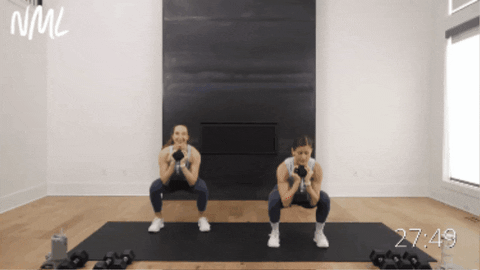
How To Do Goblet Squats and Side Leg Lifts
- Stand with feet shoulder-width apart, toes pointing straight ahead or slightly angled out away from the body. Option to place a resistance band about 6 inches above your knees. Hold a dumbbell vertically at your chest (goblet hold), elbows tucked in.
- With your weight in your heels, sit your hips back. Lower your hips down until they are parallel with your knees, bent at a 90-degree angle.
- Then drive through your heels to stand, squeezing your glutes to stand tall.
- With your core engaged, transfer your weight into your left leg as you lift your right leg out to the side.
- Lower your right leg back to the ground with control to return to the starting position.
- Repeat, performing another squat and then lifting your left leg out to the side, balancing on your right leg.
- Continue this pattern, alternating one goblet squat with one side leg lift.
2. Lateral Walking Shoulder Press
Targets: Legs, outer glutes (gluteus medius and abductors), quads, inner thighs, chest, shoulders, abs and core.
Increase your heart rate by pushing a dumbbell overhead, or lower your heart rate keeping the weight at your chest.
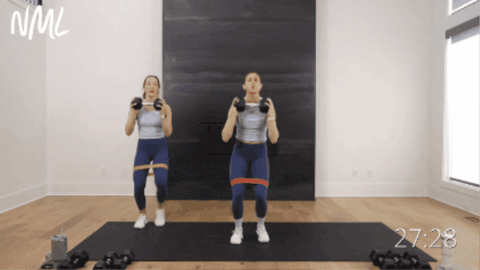
How To Do Lateral Walking Shoulder Presses
- Stand with your feet slightly wider than your hips, feet flat on the floor. Option to place a resistance band about 6 inches above your knees. Hold one dumbbell at your chest, horizontally.
- Take a lateral step to the right, leading with your right foot. As you step out, press the dumbbell directly overhead, performing a shoulder press.
- Then, tap your left foot in to meet your right foot, lowering the dumbbell to your chest as your feet come together. Keep soft bends in both knees.
- Repeat, performing two lateral steps and two shoulder presses to the right.
- Reverse the movement, taking a lateral step to the left and pressing the dumbbell overhead. Repeat, performing two lateral steps and two shoulder presses to the left.
3. Loaded Squat Jack
Targets: Legs, glutes, quads, hamstrings, outer glutes (side butt), inner thighs, calves and core.
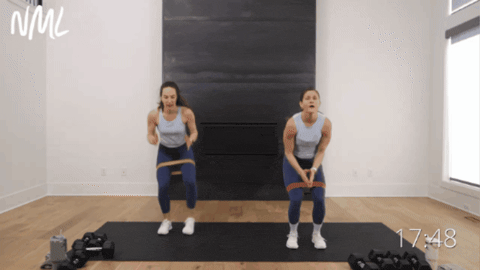
How To Do Loaded Squat Jacks
- Start in an athletic stance or loaded squat position, with your feet shoulder-width distance apart and a slight bend in your knees. Option to place a resistance band about 6 inches above your knees.
- With your chest upright and your core engaged, “jack” your feet out into a sumo squat (feet are wider than your shoulders) while raising your arms overhead. Avoid standing completely up, keeping bends in both knees throughout the entire movement.
- Inhale as you “jack” your arms and legs back to center, returning to starting position.
Modification: Perform taps instead of jacks to keep this exercise low impact.
4. Lateral Shuffle
Targets: Legs, glutes (outer gluteus medius), hips, calves, quads and core (for stability and balance).
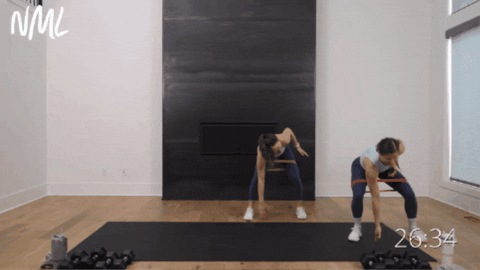
How To Do Lateral Shuffles
- Start standing in an athletic stance, feet hip width apart, knees slightly bent, core engaged. Option to place a resistance band about 6 inches above your knees.
- Leading with the right foot and following with the left foot, take two large shuffles towards the right. Option to tap the ground.
- Then reverse the movement, leading with your left foot as you take two large shuffles towards the left, returning to starting position.
FAQs
Yes, LISS is an effective way to burn calories, create a calorie-deficit, and burn fat. During steady-state cardio, our bodies burn fat as fuel rather than using the glycogen stored in our muscles. This can be effective for supporting fat loss goals.
As a certified personal trainer, I recommend starting with 10 to 20 minutes of steady pace cardio, two to three times a week. As you increase your fitness level, you can gradually increase the duration, and add in beginner full body strength workouts, like this beginner arm workout and beginner leg workout.
The higher the heart rate, the harder your body is working. During LISS training, we want our heart rates to be 50-65% of our maximum heart rate. To find your maximum heart rate, subtract your age from 220. I track my heart rate using my Garmin Venu 3s.
LISS cardio is increasing in popularity because it is an accessible and effective form of cardio. Steady state training is a great alternative to intense forms of exercise and high intensity workouts for anyone struggling with joint pain, adrenal fatigue, hormone issues and more. LISS is also one of the best cardio activities for pregnancy and postpartum.
More Workouts
Cardio WorkoutsPin This Workout: 30-Minute LISS Cardio with Weights
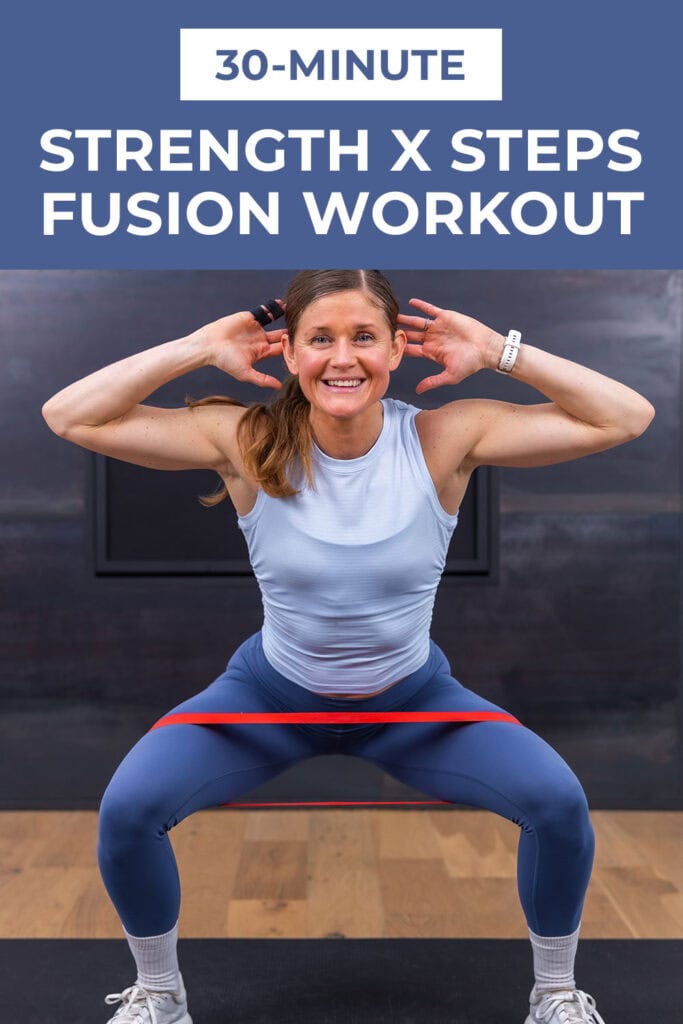
This post includes affiliate links. I do earn a commission for products purchased using these links (at no additional cost to you). Thank you for supporting Nourish Move Love, making the content you see on this blog possible.










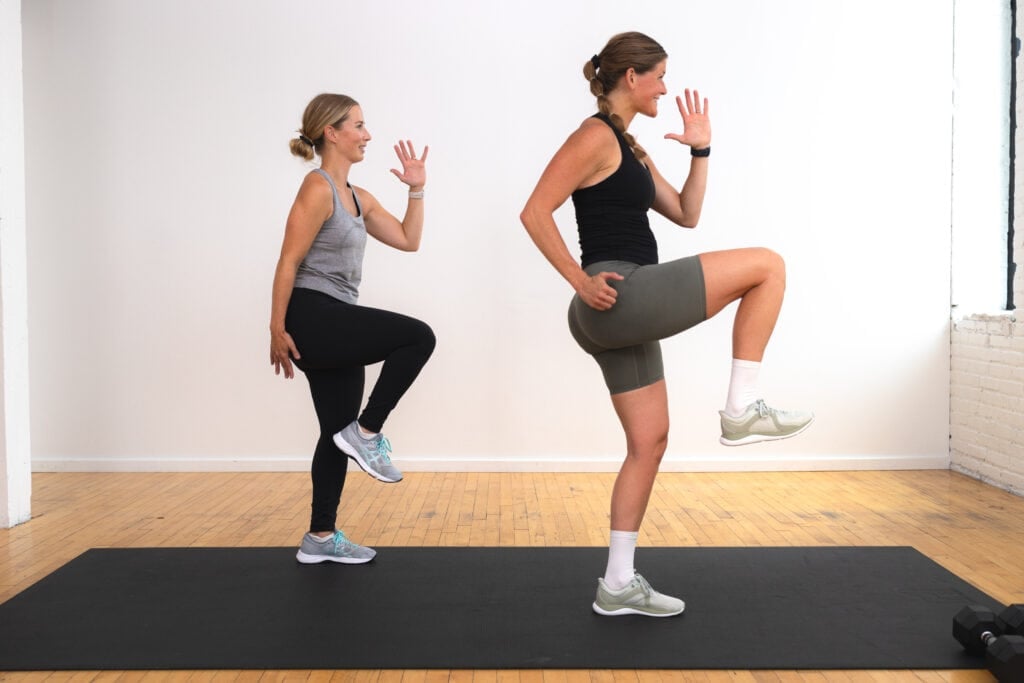
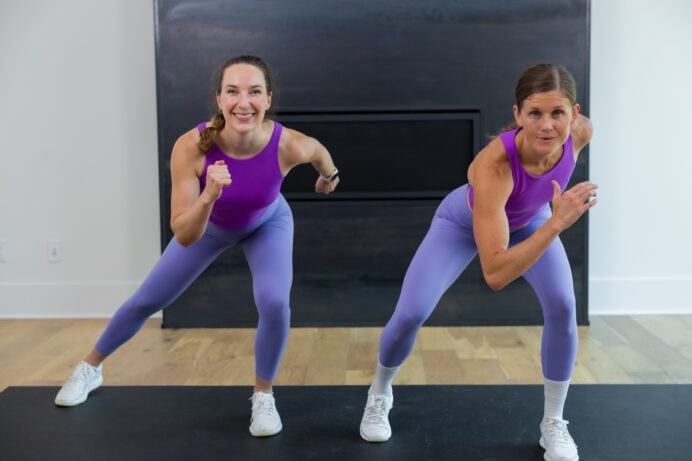
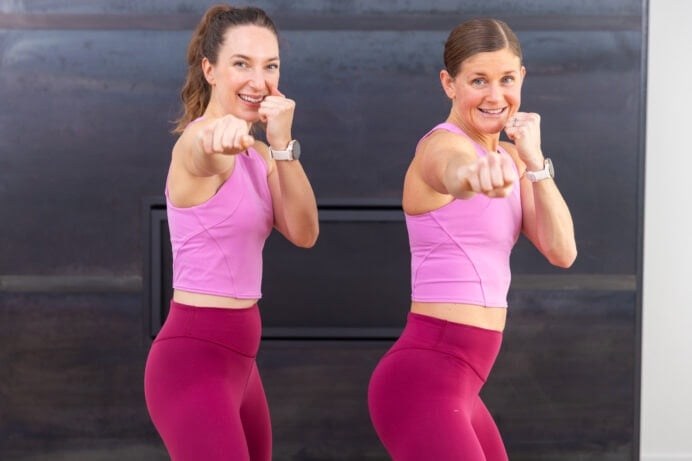
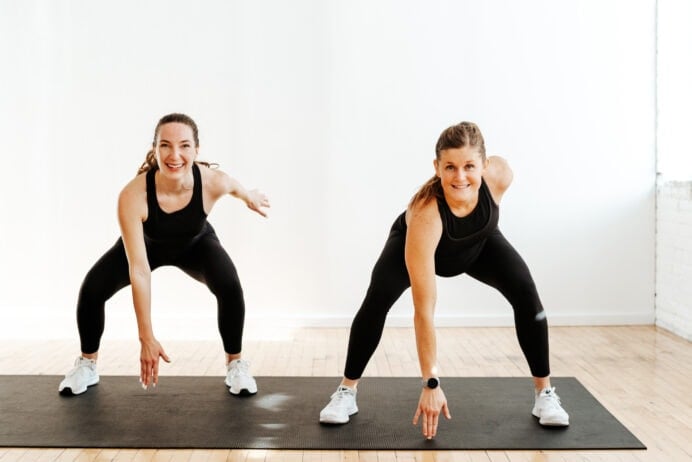
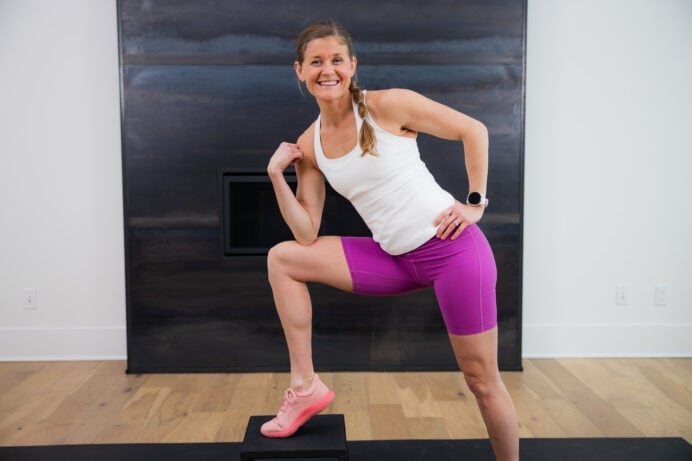
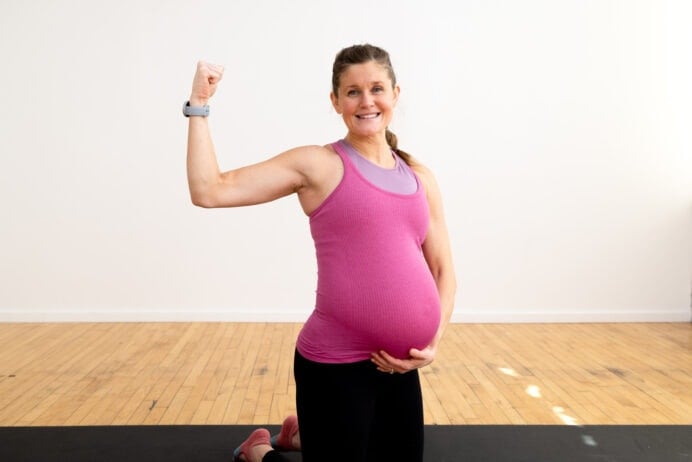
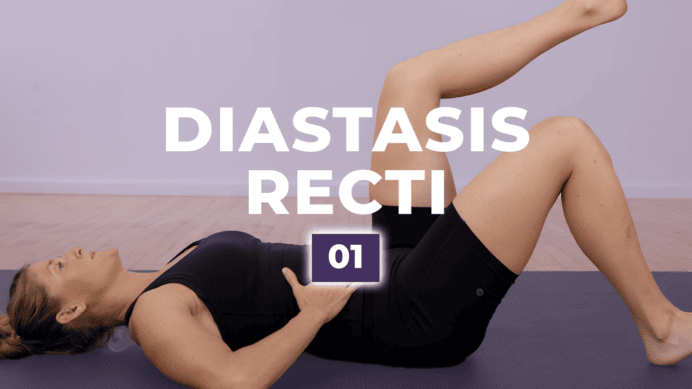
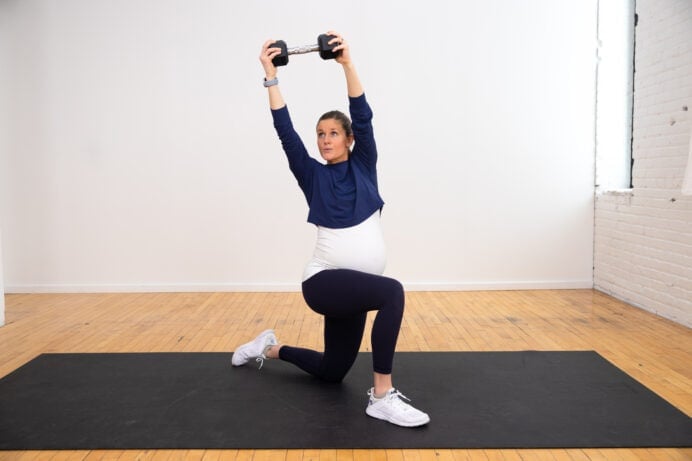
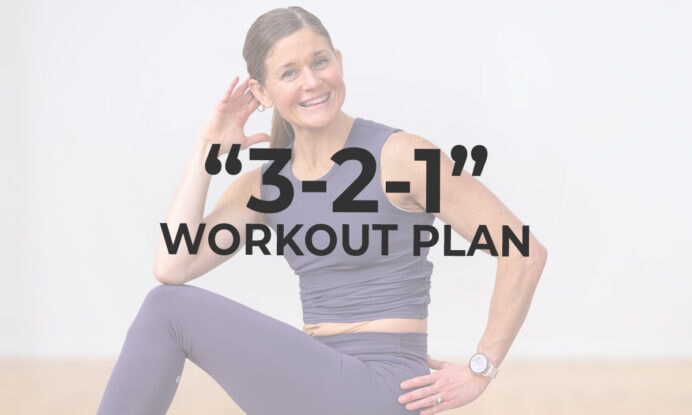
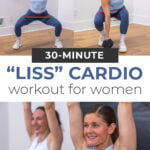
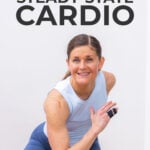

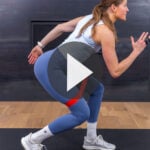

I loved this workout. Big thanks to Lindsey and Rachel for helping me start the week right! Keep up the amazing work! (please?!)
Bridget! So happy to hear that you loved this workout. Thanks for sweating with us and keep up the great work! -Lindsey